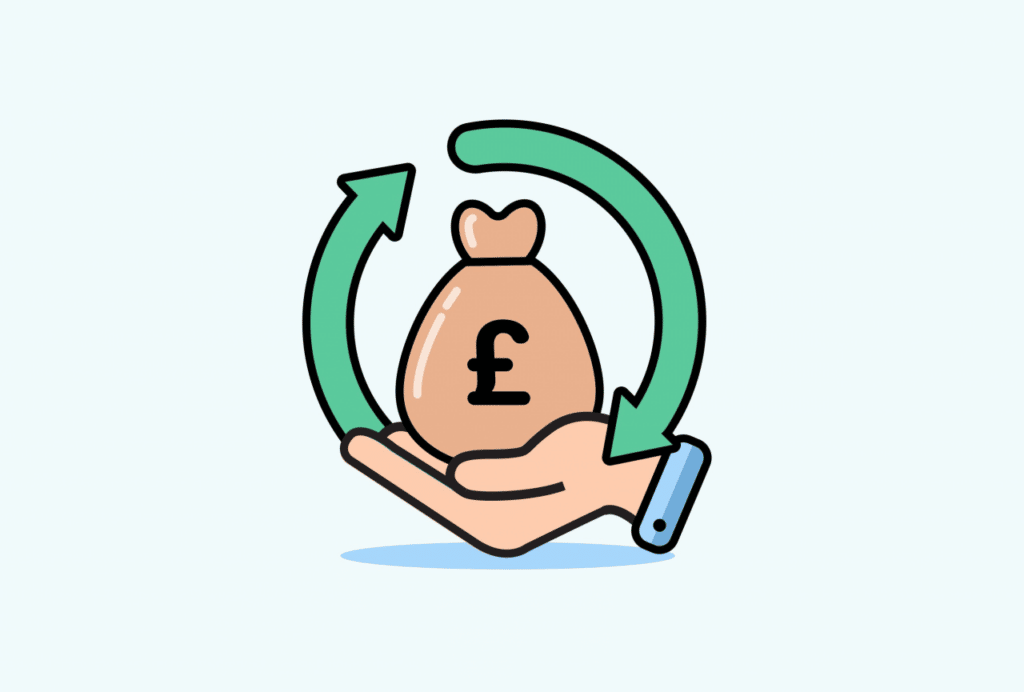Email Marketing Best Practices: How to Craft Emails that Increase Conversions
By Laura Taylor • Last updated: Tuesday Apr 23rd, 2024

Email marketing is the most effective form of communication for marketers, boasting an average ROI of 38:1.
But there is an art to crafting and delivering the perfect marketing email.
Not only should you consider the content of your email, but subject lines, calls to action and delivery times are equally important to ensure your emails have maximum effect.
Paying attention to the smaller details in your email can make a real difference to the success of your campaign.
Let’s take a look at some of the details many eCommerce businesses overlook when creating an effective email marketing customer journey.
8 Things to Consider When Creating Marketing Emails
1. Clean and simple design
Every touchpoint your visitors come into contact with combine to form a customer’s overall impression of your site and brand.
Just as you take care over the design of your website, the look of your emails is just as vital in creating a cohesive shopping experience.
Creating simple, easy to understand emails using legible fonts and relevant images allow visitors to instantly grasp an email’s key message.
In a glance, a visitor should be able to recognise your brand and understand what you’re saying. Keep you email design simple and clean, and always on brand.
2. Compelling copy
Keeping a consistent tone of voice throughout all of your communications ensures your brand is recognisable to audiences.
Regardless of your brand’s tone, be sure to keep your copy simple and to the point. Don’t over complicate things with unnecessary information that clutters the design – this will put a customer off reading your email straight away.
Say what you need to in as few lines as possible using simple language and short sentences. Make your copy as easy-to-read as possible so visitors can get the gist of your email in just a glance.
3. Well-crafted subject lines
Customers receive a huge amount of emails each day, and most end up unread in their trash.
Make sure yours is one of the handful they click on by crafting an engaging, clickable subject line.
If your open rate is low, it’s worth revisiting the types of subject lines you’re using and trying out new styles and formats to see which your customers respond best to.
Try phrasing your subject line as a question, or personalising with a customer’s name. Keep it short, 10 words or less tends to perform the best, and use emojis sparingly.
4. Clear calls to action
Make it clear what you want your customers to do next with explicit calls to actions.
With precise anchor text you can show your users the next step to take after reading your email. This could be a link to return to their saved basket, to visit a particular product page or complete a feedback form.
Whatever the goal of your email, make it easy for visitors to complete the desired action with one clear call to action per email to boost your CTR and increase your eCommerce email conversions.
5. Check your frequency
Bombard your customers with constant emails and they’re going to unsubscribe.
You need to strategically time your communications and deliver emails at a suitable frequency to maximise engagement.
With email automation, you can schedule a series of emails to send at set intervals over a certain period. This will mean your customers aren’t receiving emails too often to feel overwhelmed, but are constantly being reminded of your brand.
Just make sure you stop sending your certain email campaigns after a client performs the desired action to avoid annoying a customer.
6. Personalised content
63% of online shoppers now expect personalisation as standard.
Tailor your email content to a shopper’s position in the sales funnel to capture a user’s attention.
From subject lines to Product Recommendations, shoppers value personalisation and are more likely to engage with your email when it is tailored to their behaviour and preferences.
With AI and machine learning integrated into many email marketing providers, personalising your emails has never been easier.
7. Optimise for mobile
46% of email opens are now on a mobile.
This means that if your email is not formatted correctly for mobile, almost half of your audience is likely to delete it before they read the first line.
Your copy, design and personalisation may be spot on, but if you don’t make sure your email looks right on all devices, you’ve wasted a valuable opportunity to communicate with your audience.
Many email marketing platforms will do this for you automatically, but it’s still best to test it out before sending to your contacts.
8. A/B testing
The only way to be sure your emails are performing at their optimum level is to A/B test different variations.
Whether you switch up your subject line with a question vs a statement, or try out different CTAs, A/B testing your email campaigns means you can uncover which style resonates best with your audience.
Measure the success of each variation and learn from your data insights to inform your future campaigns and make sure you’re getting the most out of your email marketing.
Email marketing is the most effective form of marketing communication.
Make sure your efforts aren’t going to waste and maximise the impact of your emails with these easy-to-implement best practices.
See how Salesfire can help you optimise your product discovery experience, email one of our experts at [email protected] or book a free demo of our personalisation tools.



